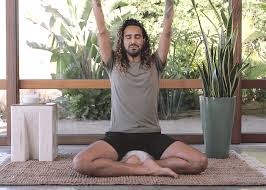
Polo shirts are a great choice when you want to dress down for work or play but still retain a sense of class and sophistication. They are an excellent alternative to a t-shirt and jeans for casual occasions or even a business suit, but they also don’t look as formal as a dress shirt with a blazer. That can be a good thing or a bad thing, depending on how you style it.
Is a Polo a Brand Or Style of Shirt?
The polo shirt was designed for playing tennis by Rene Lacoste (nicknamed the Crocodile) in 1929, but was never meant to be a fashion statement. Rather, it was to be a functional garment for the players because early tennis attire flapped in the wind and irritated their necks. Check out this one from TSHIRTSAREUS – polo shirts featuring collar and placket neckline with two or three buttons that could be fastened to prevent the shirt from flapping in the breeze while they played.
A polo shirt can be made of many types of fabric, but the most common is pique. This type of fabric has a woven pattern with holes that make the material more breathable and resist showing sweat, and it typically terminates in a ribbed band/cuff. This gives the polo shirt a more structured look and makes it more suitable for more professional settings.
The Helsinki paita can be fitted or loose, but it should never be skin tight. If you can stick your finger between the sleeve and your arm easily, then it’s too snug. The sleeves should also be a reasonable length, reaching halfway between the shoulder and the elbow. If your sleeve is too long, it can look baggy and messy. You should avoid pockets on polos unless they are secured. They add bulk and can sag or bulge, ruining the sleek look of the shirt.

